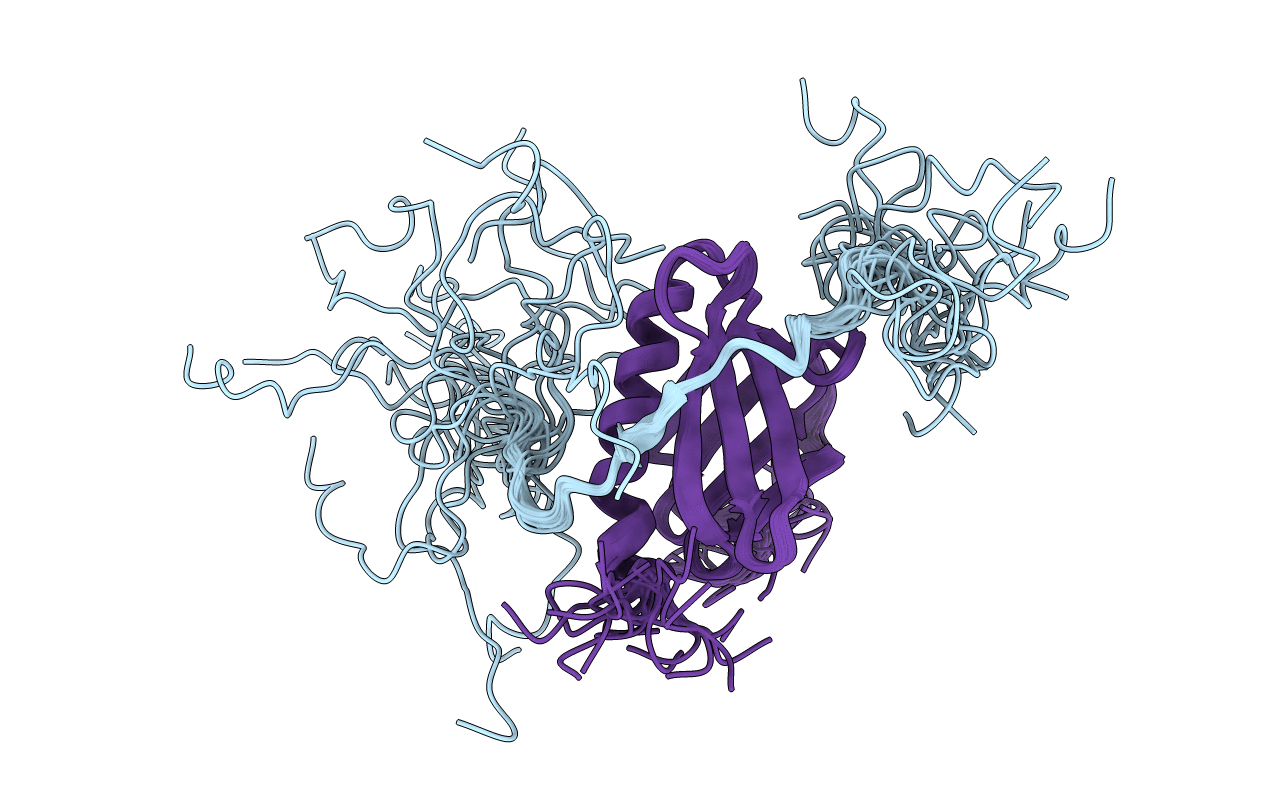
Deposition Date
2017-06-27
Release Date
2017-11-08
Last Version Date
2024-05-01
Entry Detail
PDB ID:
5XV8
Keywords:
Title:
Solution structure of the complex between UVSSA acidic region and TFIIH p62 PH domain
Biological Source:
Source Organism:
Homo sapiens (Taxon ID: 9606)
Host Organism:
Method Details:
Experimental Method:
Conformers Calculated:
100
Conformers Submitted:
20
Selection Criteria:
structures with the lowest energy


